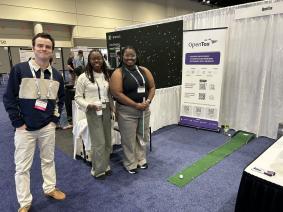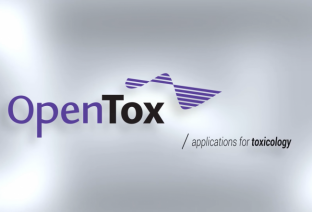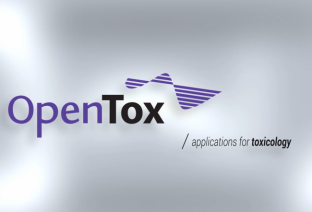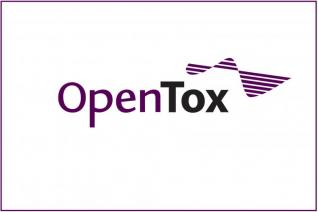Highlights of OpenTox Euro 2017
Our OpenTox Euro Conference 2017 was held 22-23 November at Hotel Stücki and Technology Park in Basel, Switzerland. This year’s edition focused on gathering scientists to present and discuss ways of improving and advancing collaboration and integration for toxicology and risk assessment in the time of dynamic data.
The scientific program comprised 7 eclectic sessions co-organized with several EU active projects. Each session contained 3-4 talks given by key scientists from the field. The major topic ranged from Simulations of Exposure and Transport to Characterization of Experimental Conditions, High Content Imaging, Integration and Interoperability, and Regulatory Acceptance.
The event, talks, and attendees were diverse and multi-disciplinary and, because of the many different topics covered, a description of all talks is challenging. Some particularly memorable talks are selected and summarized below.
During Day 1, Session 2, “Simulations of exposure and transport”, chaired by Vladimir Lobaskin, Luca Monticelli presented his intriguing story “Effect of hydrophobic pollutants on biological membranes: a simulation perspective” in which learned about the interaction of plastic with organisms and about the predicted models of polystyrene nanoparticles in membranes.
This presentation excellently covered, along with scientific explanations, ethical concerns about the disposal and pollution of water and animals. At the coffee break, Luca’s talk started a series of delightful debates about plastic and how this worldwide problem could be solved.
In Session 3, “Characterization of experimental conditions”, chaired by Barry Hardy, Andrew Nelson’s talk “Towards a third generation platform”, illustrated the exciting developments, performance, applications and future plans of the high throughput toxicity screening system developed within the framework of the H2020 project HISENTS.
At the end of Day 1, we gathered at Technology Park for a social evening, engaging us in poster presentations, scientific and friendly discussions and diversified plates of snacks. The poster of Sylvia Escher updated us on the development of the Carcinogenicity Potency Database (CPDB), an extensive and helpful repository widely used by the toxicology community. New data have been added from different sources and all data were reviewed to ensure the accuracy of chemical structure and toxicological information. The new CPDB now comprises data for more than 650 chemicals.
During Day 2, Session 5, “Integration and interoperability: data”, Clemens Wittwehr, also chairing the session, highlighted in his talk “OECD Harmonised Template 201 – the missing link between AOP science and regulatory acceptance”, the main elements of a new template ("OHT 201") and explained how it should be properly populated with data. The reason for OHT 201 development is that if researchers capture test observations in a coherent and widely accepted data format, regulators can easier review it but also modellers could build predictive systems on a larger set of chemicals.
In the same session, Yaakov Nahmias gave his presentation “Beyond the Chip: Development of a Micro-physiological Flux Analyzer” in which the innovative Tissue Dynamics platform was described. Yaakov passionately explained how this platform is an improved organ-on-chip technology due to the vascularized 3D liver, cardiac, and neural tissues, stable for over a month in vitro, with tissue-embedded metabolic sensors, which permit the quantification of tissue level function. He also showed us an exemplifying mechanism of toxicity study using the Tissue Dynamics platform.
We are thankful for our speakers, chairs, poster presenters and everyone who attended for making the OpenTox Euro Conference 2017 such a stimulating and creative event!





